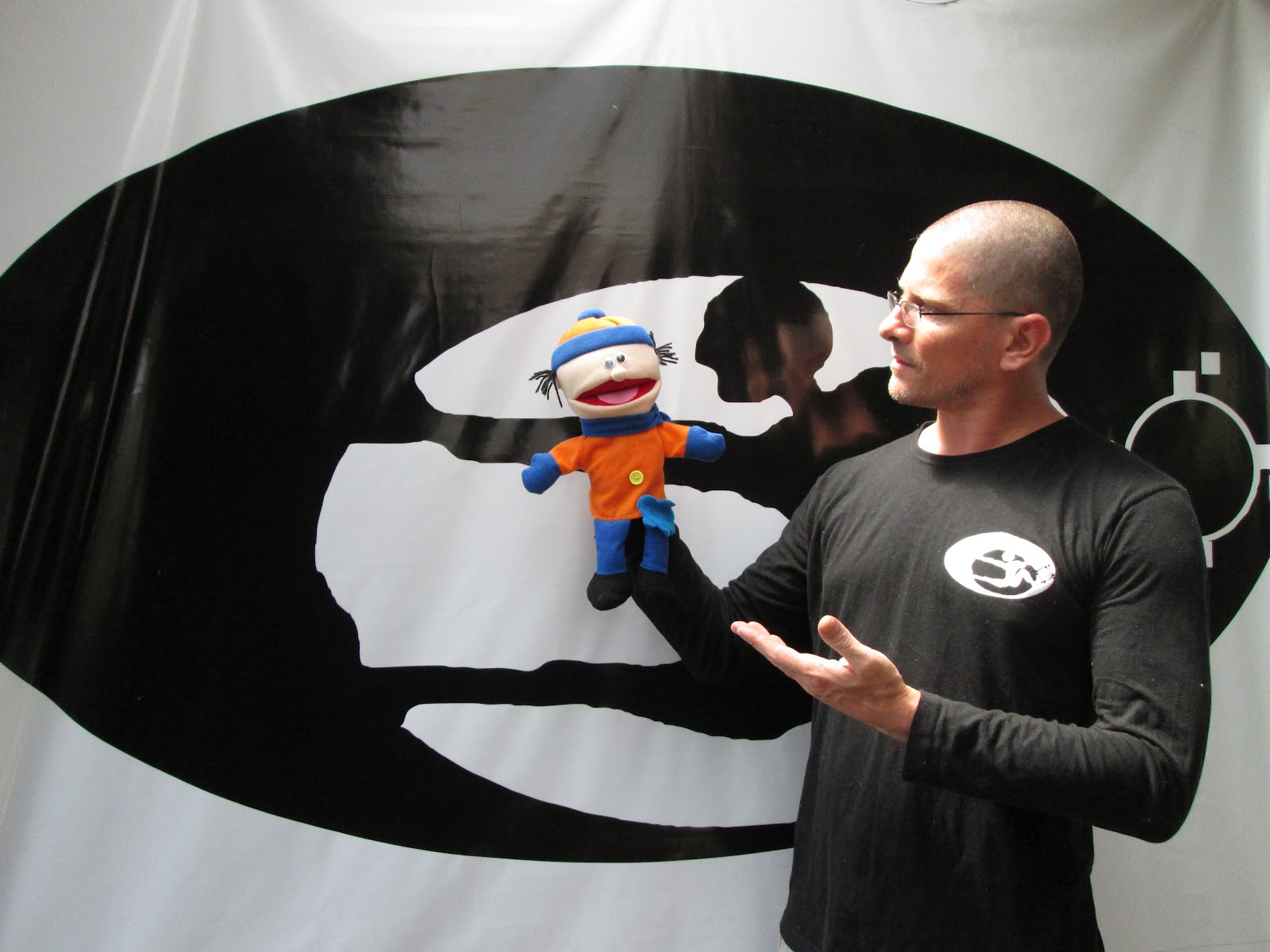I have been extremely lucky this summer during my trip to Colombia to have had the opportunity to find amazing people who can continue contributing to my professional development and to become better at what I do, teaching language to children. This time I had the opportunity to learn from Jaime Andres Castaño of Corpoteatro. Corpoteatro is a small organization that provides workshops for teachers to learn more about how to incorporate theatrical techniques into their teaching. It also offers workshops for children and anyone who is interested in learning how to use theatrical techniques in their daily life. Reminds me a bit of all the ads I've seen on the subway (T) cars in Boston for Improv Asylum and their ads that say "No More Group Hugs with Brad From Accounting," targeting corporate team building, as well as all the amazing ways theater is used in social cause grassroots organizations. Theater is essential - it really enriches the theater of our lives and is fantastic for teaching people of all ages.
One form of theatrical art involves puppets. With my visit to Corpoteatro, I wanted to learn more about basic techniques to use with simple puppets. With their help, I learned that mouth puppets work great because they are very simple to handle and give me one free hand to point at other materials. I have always loved puppets and use them frequently into my teaching (I am a PreK to 3rd grade Spanish teacher in a FLES program) because puppets give me excuses to create silly and joyful situations that open the children to learning and make a dynamic conversational environment based on play and make-believe. Puppets are a great teaching tool that allow children to forget they are listening to a language they are just learning and gives space for a playful and natural-feeling environment. In many cases, my puppet friends show up in class to teach something new, or to ask my students about something we recently learned. Their appearances in my classes are usually very short, which makes my students ask for their puppet friend in the next class. Each of my puppet friends has a name, and I usually use a name that is tied to a cultural connection or refers to a word in Spanish. For example, I have a puppet girl that I have named Cumbia (traditional Colombian dance) and another one I named Rana (frog).
1. Treat your puppet like any other class member. Give it a name, a voice, and a space in your class. This puppet cannot be used by your students. They need to show respect to the puppet too!
2. Make sure you always use the same voice for this puppet, and don't confuse it with any other puppet. Limit yourself to one or two characters for the school year. This will make the children feel confidence and know that it creates a safe environment for everyone.
3. Use syllables when your puppet talks. You want this puppet to look very natural.
4. Always look at your puppet when he or she talks.
5. Make sure to greet your puppet when he joins the class and also say
adiós when he leaves the class. Put it away very carefully. Have a box or bag where you always place it.
6. Most importantly as with all teaching, smile and have fun!
I do have to admit that at the beginning it is not comfortable when using puppets, but once you see your students' faces, you will see how rewarding it is to have puppet guests in class!
Have fun teaching with puppets!


